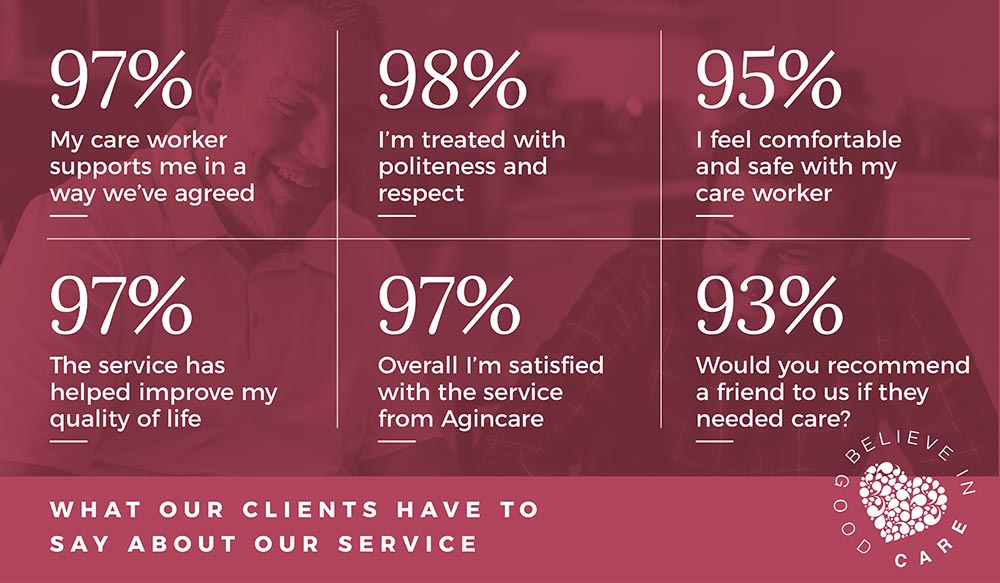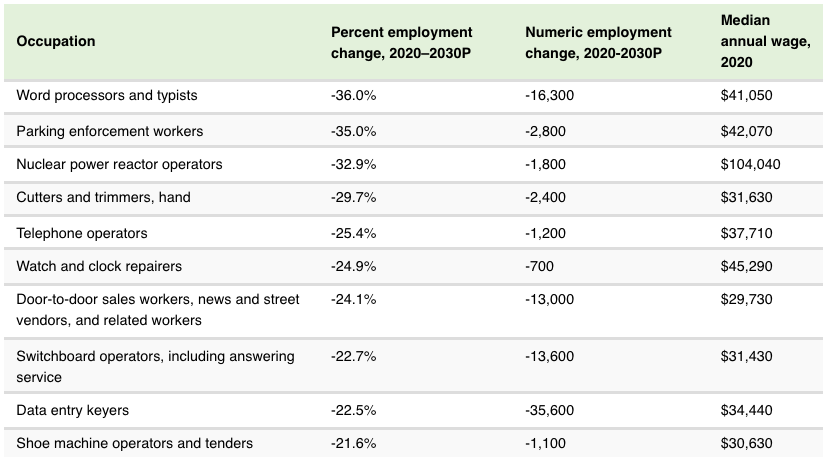
Consider these factors when considering a career with pediatric home nursing. These are the benefits and regulations that govern the field. Read on to learn more about this rewarding profession. You will be glad that you did. Find out how it works and what it offers. This article will help you get started in a rewarding career of pediatric home health nursing. You should also visit the Work environment section.
Benefits from pediatric home health nursing
Although institutional care can be costly, pediatric home health nursing is much more affordable. Pediatric home health nurses are able to provide the flexibility and personalized attention children need. Pediatric private duty nursing is a valuable option for families who are dealing with illness. There are many benefits to pediatric home health nursing that should not be overlooked. Read on to learn more about the services provided by pediatric private duty nurses. Many benefits of pediatric home care nursing services are well-known.

Pediatric home care provides pediatric health nurses with a variety of services that make the lives of parents easier and more convenient. Pediatric home care allows parents the freedom to set their own visitation times for their child. The child can go to school and spend time with his friends. This decreases stress for children and reduces the need to return to the pediatrician. Additionally, pediatric home care may act as a bridge between the child and the pediatrician. The home care of a nurse who is certified in pediatrics can be a crucial step in healing.
Regulations
State regulations regarding pediatric home care nursing services should align the payment and quality standards with other types skilled nursing care. Increases in payment could be linked to higher Federal Medical Assistance Percentage Rates. The state could also create stratification rates that are based on the patient's unique medical situation. This could encourage nurses to take on patients who face high risks of prolonged hospitalization. While it is not legal in certain states to pay family members for caregiving, it might be a way to increase the number needed home health nurses. Providing compensation for trained family members could also expand the workforce and help to minimize financial burdens on patients and their families.
While many aspects of pediatric home health nursing are the same as those for adult care, the specific details and quality of care can vary considerably. The primary difference between pediatric home health care and adult is the requirement for adults to complete some type of training. However, children's care doesn't require this. A lack of standardization in quality and regulations can cause inconsistent and poor-quality care.
Work environment
You must stay up-to-date on the latest developments and workplace trends in order to be a successful pediatric home nurse. Staying on top workplace trends is key to success in this competitive field. Home health nurses are in high demand due to the growing need for pediatric care and the trend to keep children at home. These are some suggestions for pediatric home nursing professionals to improve the work environment.

It is important that you work with all types of patients. Your job may require you to modify your medication or treatment plans in order to treat a cold. If the patient has breathing problems, you may need to modify their position. As a pediatric home health nurse, you will need to know how to work with different kinds of patients. For instance, you might need a different medication for a child with pneumonia than for an infant.
FAQ
What are the health services?
A health-care service is a medical establishment that provides healthcare services to patients. An example of a healthcare service is a hospital. A hospital usually has many departments, such as an emergency department, an intensive care unit, an operating room, pharmacy and outpatient clinics.
How can I make sure my family has access to quality health care?
Your state will probably have a department of health that helps ensure everyone has access to affordable health care. There are programs that cover low-income families and their children in some states. For more information on these programs, contact the Department of Health of your state.
What is an infectious disease?
A germ, virus, or parasite can cause an infectious disease. Infectious illnesses spread quickly via close contact. Some examples include measles (whooping cough), pertussis, rubella, German measles, chickenpox, strep-thymia, measles (mumps), rubella, whooping cough), pertussis, rubella, chickenpox, strep-thymia, polio, hepatitis A, B, HIV/AIDS and herpes simplex virus.
What are the differences between different types of health insurance
There are three main types for health insurance:
-
Private health insurance covers many of the costs associated to your medical care. You pay monthly premiums for this type of insurance, which is usually purchased directly from private firms.
-
While public insurance covers the majority cost of medical care there are restrictions and limitations. Public insurance doesn't cover everything.
-
To save money for future medical expenses, medical savings accounts (MSAs) can be used. The funds are saved in a separate account. Most employers offer MSA programs. These accounts are non-taxable and accrue interest at rates similar that bank savings accounts.
What does it mean to "health promote"?
Health promotion is helping people live longer, stay well, and be healthier. It emphasizes preventing sickness and not treating existing conditions.
It includes activities such as:
-
eating right
-
Get enough sleep
-
exercising regularly
-
staying active and fit
-
It is important to not smoke
-
managing stress
-
Keeping up with vaccinations
-
How to avoid alcohol abuse
-
having regular checkups and screenings
-
Understanding how to cope with chronic diseases.
How can we improve our health care system?
We can improve health care by ensuring that everyone is provided high-quality medical care, no matter where they are located or what their insurance status.
It is important that we ensure that all children get the necessary vaccines to prevent them from getting diseases such as rubella, measles, and mumps (MMR).
We must work to reduce the cost of healthcare while making sure that it is accessible to all.
How can I be a creative healthcare professional?
There are many routes to becoming a creative professional in health care. Some people start out as students, while others begin their careers working in other fields such as business or engineering.
Some students choose to focus on a specific topic such as health policy, leadership, management or leadership. Others choose to enroll in an elective course that explores diverse perspectives on health care and health.
No matter what pathway you choose, there are many ways to learn about topics in health and healthcare. These include readings, group discussions and assignments as well lectures. Workshops, conferences, seminars, and other events are also possible.
Once you have completed the program, your knowledge will allow you to work with patients, clients, colleagues and clients in any position within the health system.
You may even pursue a doctorate.
Statistics
- The healthcare sector is one of the largest and most complex in the U.S. economy, accounting for 18% of gross domestic product (GDP) in 2020.1 (investopedia.com)
- Consuming over 10 percent of [3] (en.wikipedia.org)
- Foreign investment in hospitals—up to 70% ownership- has been encouraged as an incentive for privatization. (en.wikipedia.org)
- About 14 percent of Americans have chronic kidney disease. (rasmussen.edu)
- Healthcare Occupations PRINTER-FRIENDLY Employment in healthcare occupations is projected to grow 16 percent from 2020 to 2030, much faster than the average for all occupations, adding about 2.6 million new jobs. (bls.gov)
External Links
How To
What is the Healthcare Industry Value Chain
The healthcare industry value chain consists of all the activities involved in providing healthcare services to patients. This includes the operations of hospitals and clinics as a whole, and the supply chain that connects them to other providers. The end result is a continuum of care that begins with diagnosis and ends with discharge.
The four key components of the value chain are:
-
Business processes - These are the tasks performed throughout the whole process of providing health care. A doctor might conduct an exam, prescribe medication and send a prescription to a pharmacy. Each step must be done correctly and efficiently.
-
Supply Chains - All the organizations involved in making sure that the right supplies reach the right people at the right time. A hospital might have several suppliers. These could include lab testing facilities, imaging centres, pharmacies, or even janitorial personnel.
-
Networked organizations - These entities must communicate with each other in order to coordinate. Hospitals typically have many departments, each with its own set of offices and phone numbers. Every department will have a central point where employees can go for updates to ensure everyone knows what's happening.
-
Information Technology Systems – IT is crucial in order to ensure that business processes run smoothly. Without it, everything could go down quickly. IT can also be used to integrate new technologies into a system. Doctors can connect to a secure network connection in order to integrate electronic medical records into their workflow.